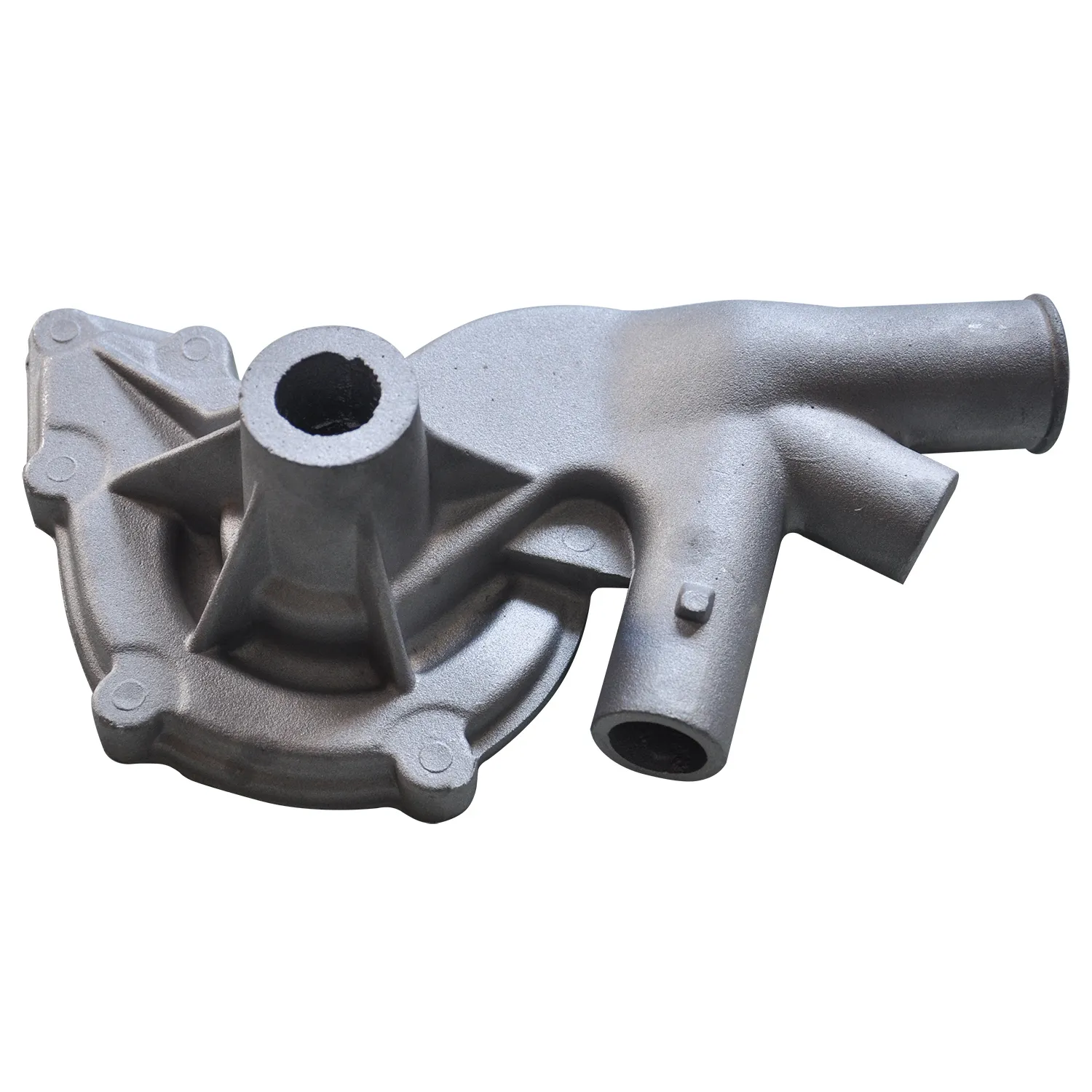Mobile:+86-311-808-126-83
Email:info@ydcastings.com
cast impeller
Understanding Cast Impellers Design, Applications, and Benefits
Cast impellers play a crucial role in various industrial and mechanical applications, serving as integral components in pumps, turbines, and other fluid-moving devices. Their design and construction significantly influence the efficiency, performance, and reliability of these systems.
What is a Cast Impeller?
An impeller is a rotating component that transfers energy from the motor to the fluid, resulting in fluid movement. Cast impellers are made using a casting process, wherein molten metal is poured into a mold to achieve the desired shape. This manufacturing method allows for greater complexity in design and higher precision, which is essential for achieving optimal fluid dynamics.
Design Considerations
The design of a cast impeller involves several critical factors, including material selection, blade geometry, and surface finish. Common materials used for casting impellers include bronze, stainless steel, cast iron, and various alloys, each chosen based on the application environment, corrosion resistance, and mechanical strength requirements.
Blade geometry is another essential aspect. The shape, size, and angle of the impeller blades directly affect the flow rate and pressure generated by the device. Engineers employ computational fluid dynamics (CFD) simulations to optimize these parameters, ensuring that the impeller performs efficiently under varying operational conditions.
Applications of Cast Impellers
cast impeller

Cast impellers are utilized in numerous sectors, including water treatment facilities, chemical processing plants, HVAC systems, and power generation. In pumps, cast impellers help in moving liquids, while in turbines, they play a vital role in converting energy from a fluid source into mechanical energy. Their versatility makes them suitable for handling a wide range of fluids, including corrosive chemicals, abrasive materials, and high-viscosity liquids.
Benefits of Using Cast Impellers
One of the primary benefits of cast impellers is their ability to be produced in intricate designs that would be challenging to achieve with other manufacturing techniques. Additionally, casting allows for the creation of complex internal geometries that enhance flow characteristics and improve overall efficiency.
Moreover, cast impellers typically exhibit excellent durability and resistance to wear, particularly when made from high-quality materials. This durability translates into lower maintenance costs and longer service life, making cast impellers a cost-effective solution in the long run.
Furthermore, with advancements in casting technology, manufacturers can now produce lighter and stronger impellers, providing better performance while reducing the overall energy consumption of the systems they are integrated into.
Conclusion
In conclusion, cast impellers are essential components in various industrial applications, offering significant advantages in terms of design flexibility, performance, and longevity. Their capability to efficiently move fluids while enduring challenging conditions makes them indispensable in modern engineering. As technology continues to evolve, we can expect further innovations in cast impeller design and application, enhancing their effectiveness and efficiency across multiple industries.
-
Why Is Choosing the Right Motor Housing Critical for Engine Performance?NewsJul.18,2025
-
Which Impeller Types Best Optimize Your Pump’s Efficiency?NewsJul.18,2025
-
Optimize Maintenance Efficiency with Durable Oil Catch SolutionsNewsJul.18,2025
-
Maximize Pump Performance with Precision-Engineered ComponentsNewsJul.18,2025
-
Elevate Industrial Flow Systems with Precision-Engineered ComponentsNewsJul.18,2025
-
Boost Durability and Functionality with Precision Power CastingsNewsJul.18,2025











